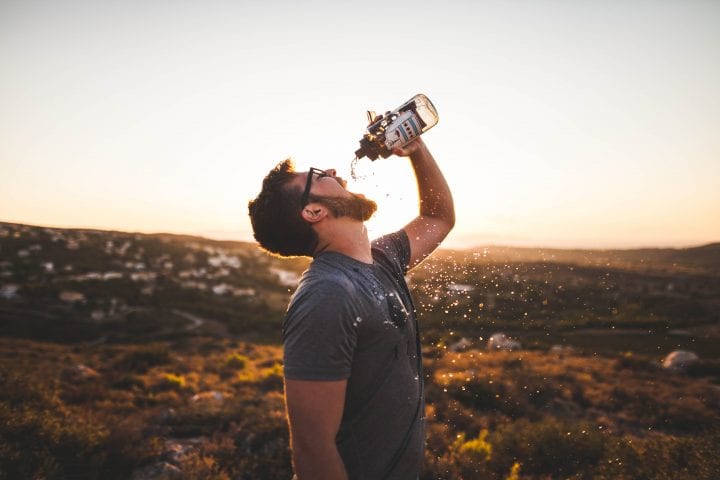
How to Avoid Common Heat-Related Illnesses
Many volunteers travel to climates that are much hotter than they’re used to. If you’re unprepared for heat-related illness, things can get hot–fast.
Excessive heat is defined as temperatures that hover 10 degrees or more above the average high for the region and is coupled with high humidity. According to the American Red Cross, heat has caused more deaths than all other weather events in recent years, including floods, and kills more than 1,000 people each year. This means it’s important to be prepared.
Feel free to download this heat wave safety checklist from the American Red Cross to spread awareness and get prepared for staying healthy in the heat.
Here are 3 common heat-related illnesses, symptoms of each, and how you can treat them:
1. Heat Cramps
The mildest heat-related condition, heat cramps, consists of muscle pain and spasms caused by heavy physical exertion in high heat. While not deadly, heat cramps are a warning sign that your body is becoming stressed by the heat. If you develop muscle cramps, it is important to:
- Get out of the heat immediately.
- Rest in a comfortable position.
- Lightly stretch and gently massage the affected muscle.
- Drink half a glass of water every 15 minutes (not alcohol or caffeine).
2. Heat Exhaustion
Heat exhaustion is the second most serious of the three heat-related disorders. Symptoms may appear suddenly or over a few hours. Some symptoms of heat exhaustion include:
- Cool, moist, pale, or flushed skin
- Dizziness, exhaustion and nausea
- Faintness
- Goosebumps, in spite of the heat
- Headache
- Heavy sweating
- Low blood pressure upon standing
- Muscle cramps
- Rapid pulse or weak, rapid pulse
If you suspect that you are suffering from heat exhaustion, it is important to:
- Get into an air-conditioned building or vehicle. If an air-conditioned environment is not available, move to a shaded area.
- Rest on your back, with your legs higher than your heart level.
- Drink cool fluids – stick to water.
- Apply cool water to your skin.
- Loosen clothing, and remove any clothing that is unnecessary.
- Seek medical attention if you don’t begin to feel better within 60 minutes, or if your body temperature reaches 104 degrees or higher.
3. Heatstroke
Heatstroke is the most serious of the three heat-related conditions, and is a medical emergency requiring immediate professional medical attention to prevent brain damage, organ failure, or death. Call 911 immediately. Here are some steps you can take to help prevent permanent injury or death while waiting for emergency responders to arrive:
- Get into an air-conditioned building or vehicle.
- Apply cool water to your skin.
Symptoms of heatstroke include:
- Very high body temperature
- Changes in consciousness
- Hot, red skin
- Lack of sweating
- Muscle weakness or cramps
- Rapid pulse
- Rapid, shallow breathing
- Seizures, hallucinations, or difficulty speaking
- Vomiting
Heat exhaustion and heat stoke, although quite different in severity, can seem similar in the moment. Need help telling the difference between the two? Check out this infographic.
Prevention
If you are traveling to a hot climate, it is important to be aware of the danger excessive heat poses. Here are some tips to keep yourself healthy and cool, in spite of the heat:
- Don’t schedule outdoor activities during the hottest part of the day.
- Take frequent breaks in the shade or an air conditioned space to allow yourself to cool down and re-hydrate.
- Dress appropriately for the environment – loose fitting, lightweight, light-colored clothing is best.
- Make sure you have plenty of water on hand. Drink large amounts of water before, during, and after physical activity.
- Always keep a first-aid kit with a thermometer and instant cold packs on hand, so that you can check your temperature, and cool off if you are dangerously hot.
Remember, prevention is easier than combating a heat-related illness. Do what you can to stay hydrated and out of the sun during your trip abroad.
Ultimately, it’s best to purchase travel insurance before leaving the country. That way you’ll be covered for any medical emergencies that may arise during your travels. Good thing we have plenty of insurance plans to choose from along with 24/7 assistance for your safety and convenience.










